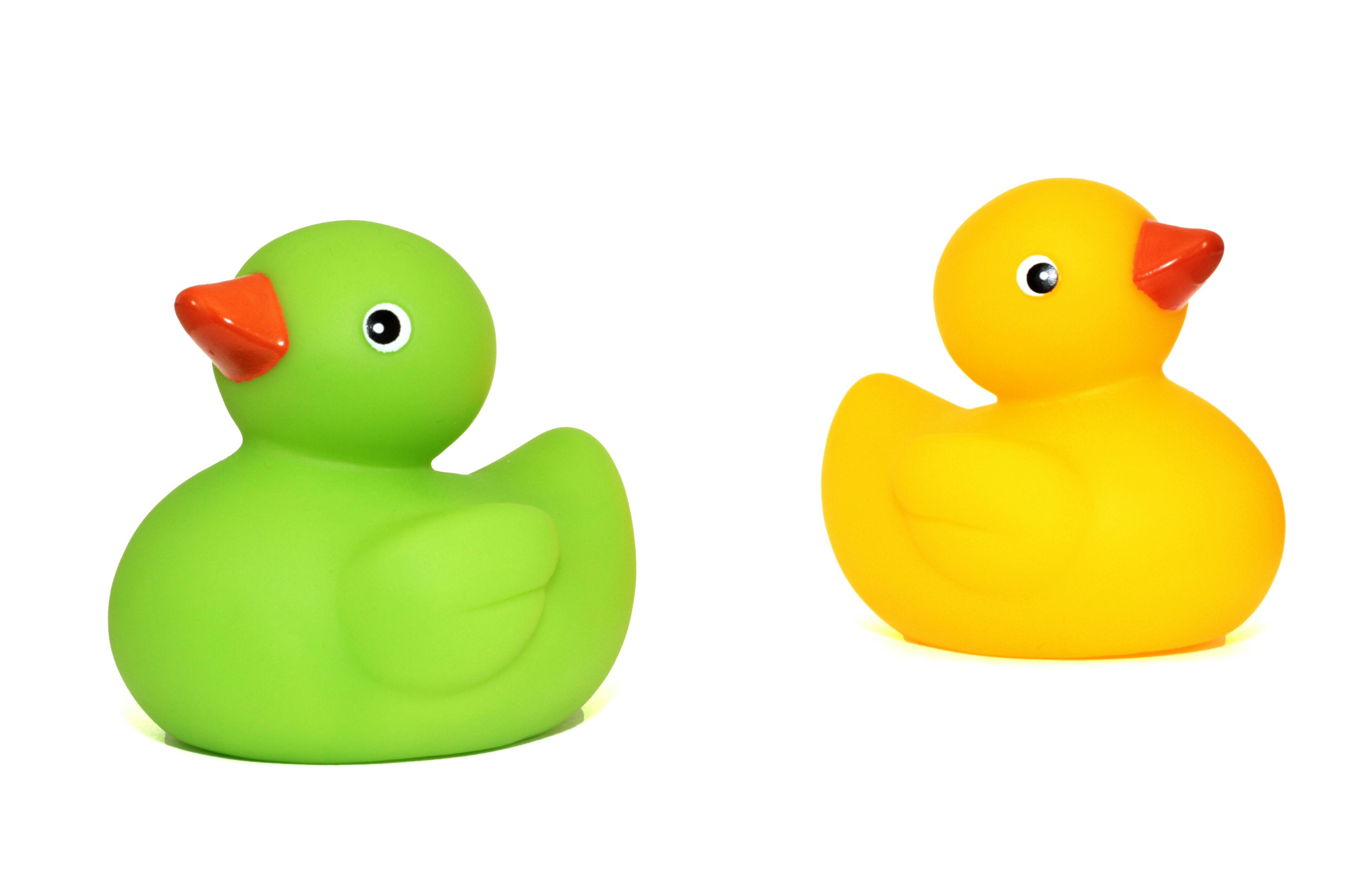How to Train a Bird to Play with Toys

How to Train a Bird to Play with Toys
Training a bird to interact with toys is not only essential for its physical health but also for its mental well-being. birds are naturally intelligent and curious creatures that thrive on interaction and mental stimulation. Whether you are a seasoned bird owner or new to bird care, teaching your bird to engage with toys can be a rewarding experience for both you and your feathered friend.
Understanding the Importance of Toys
Toys are not merely entertainment for birds; they are crucial for their emotional and cognitive development. Toys help prevent boredom and associated negative behaviors such as feather plucking and aggression. Furthermore, toys can aid in the development of motor skills and provide necessary exercise to maintain optimal health.
Choosing the Right Toys
The first step in training your bird to use toys is selecting the right types. Birds have different play preferences and abilities depending on their species, age, and personality. Popular types of toys include:
- Chew toys: Made from safe woods or other materials that help birds maintain beak health.
- Puzzle toys: Designed to challenge the bird's intellect and problem-solving skills.
- Foraging toys: Encourage natural foraging behaviors and are great for mental stimulation.
- Swings and ladders: Promote physical exercise and coordination.
It's important to ensure that all toys are made from bird-safe materials and do not have small parts that could be ingested or cause injury.
Introducing Toys to Your Bird
Introducing new toys to a bird should be done gradually. Start by placing the toy near the cage where your bird can see it, to pique its curiosity. After a few days, move the toy closer to the periphery of the cage, and eventually inside. It's vital not to rush this process, as birds can sometimes be wary of new objects in their space.
Training Sessions
Spend time each day with your bird and the new toy. Show enthusiasm as you play with the toy, as this can spark your bird's interest. You can also use treats as rewards when it interacts with the toy, which helps form positive associations.
Monitoring Playtime
While birds should be encouraged to play independently, initial playtimes should be monitored to ensure they are interacting with their toys safely. Checking toys regularly for wear and tear and replacing them when necessary is crucial to keep your bird safe.
Expanding Their Toy Collection
Once your bird becomes familiar with a toy, gradually introduce new toys to keep their environment stimulating and enjoyable. This diversity will cater to all aspects of their play needs and prevent boredom.
Patience and Persistence
Patience is key when training your bird to use toys. Some birds may take longer to warm up to new toys, and that is perfectly normal. Consistency and repetition are the tools you will need through this process. Keep sessions short and enjoyable to maintain your bird's interest and end sessions on a positive note with their favorite treat or affection.
With the right approach, you will soon see your bird engaging with toys actively and displaying a range of natural behaviors that signify a happy and healthy bird.